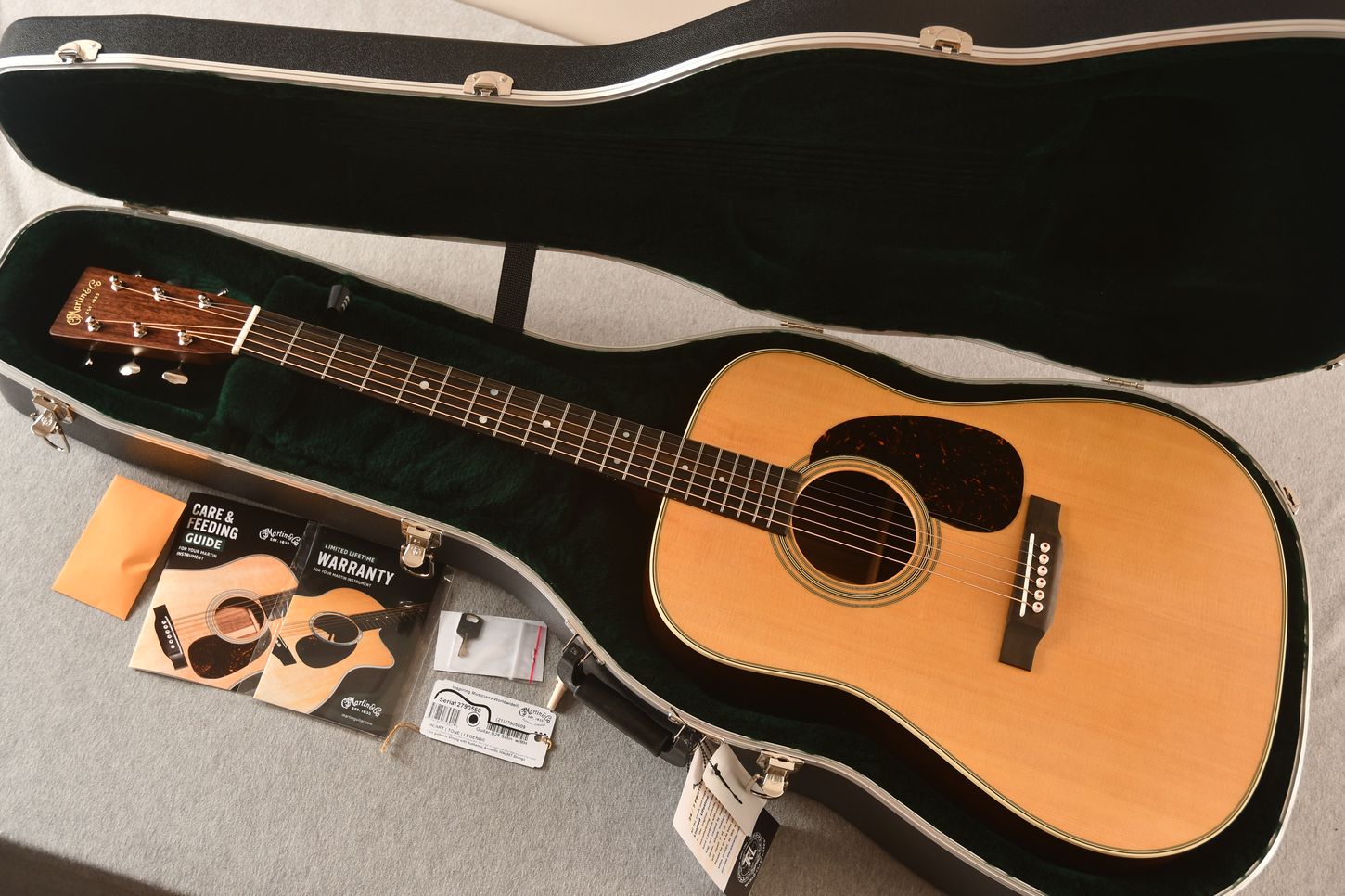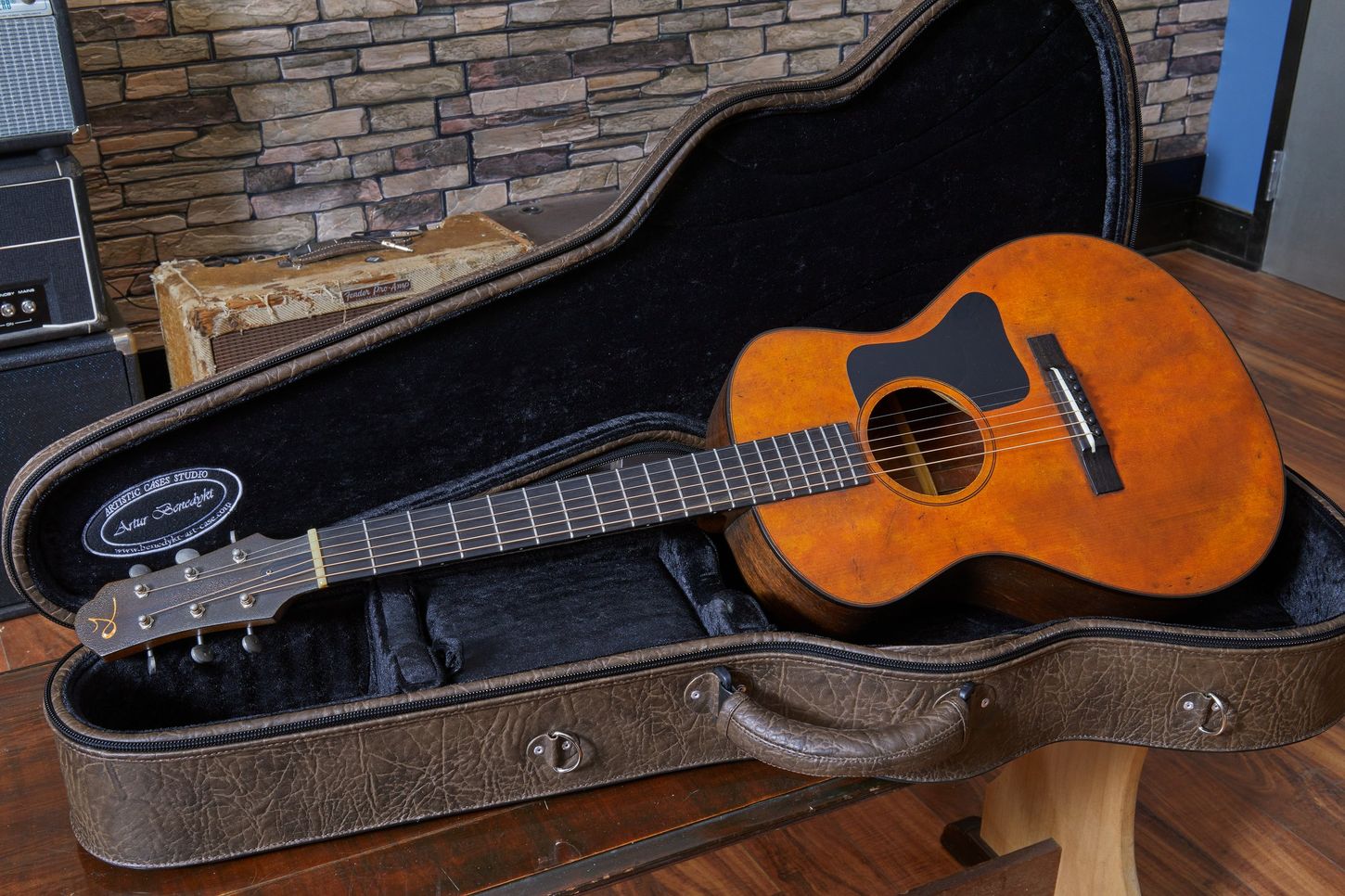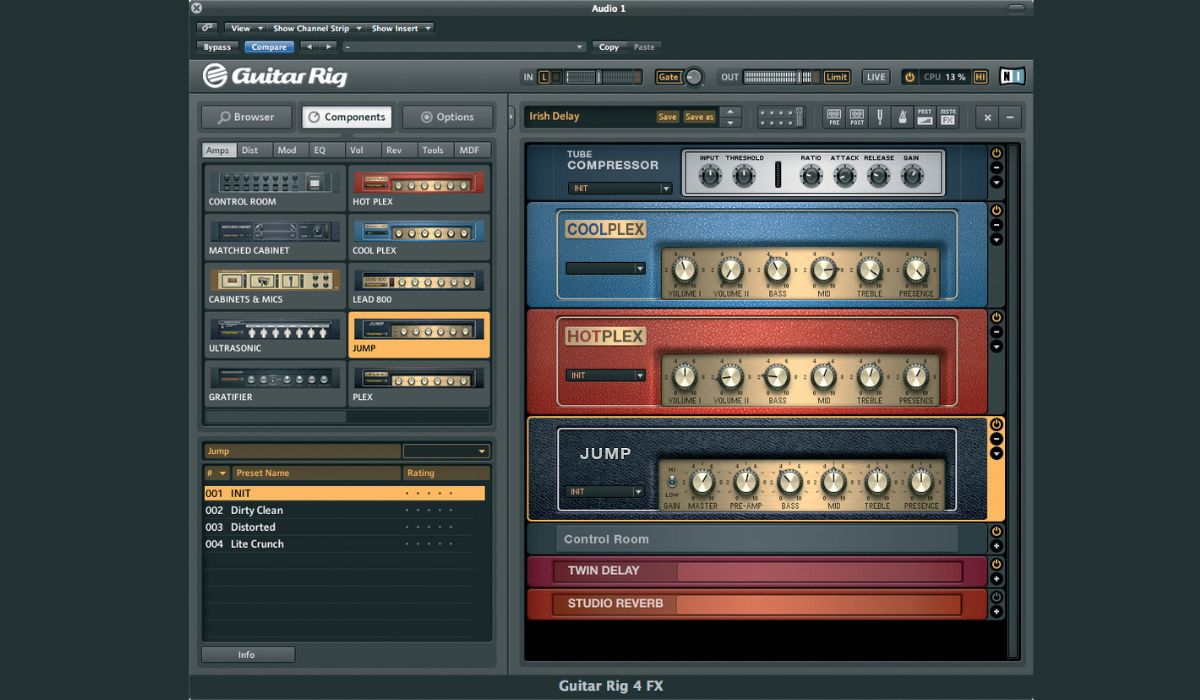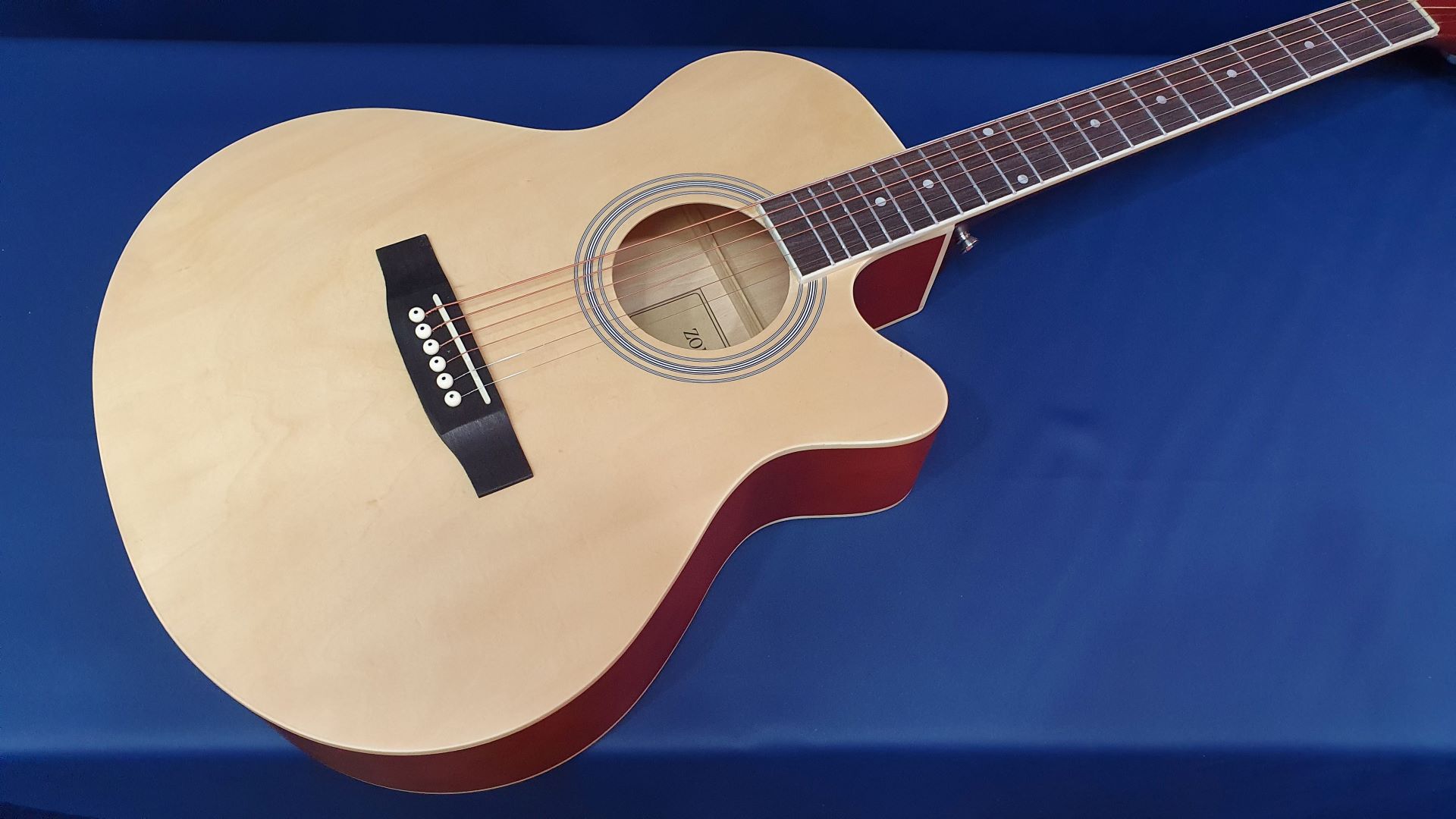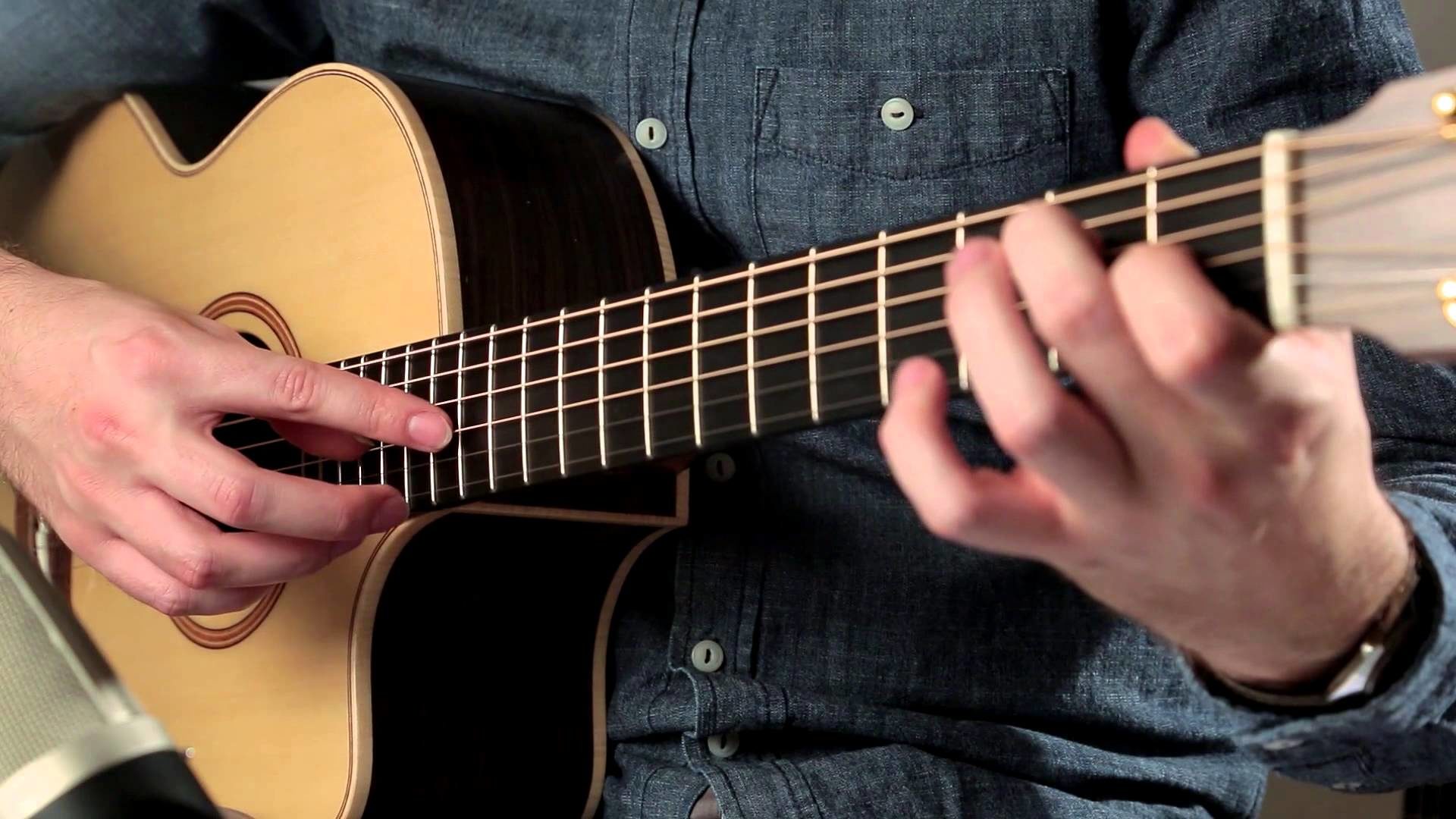Home>Production & Technology>Acoustic>Acoustic Guitar Hum Stops When I Touch The Jack
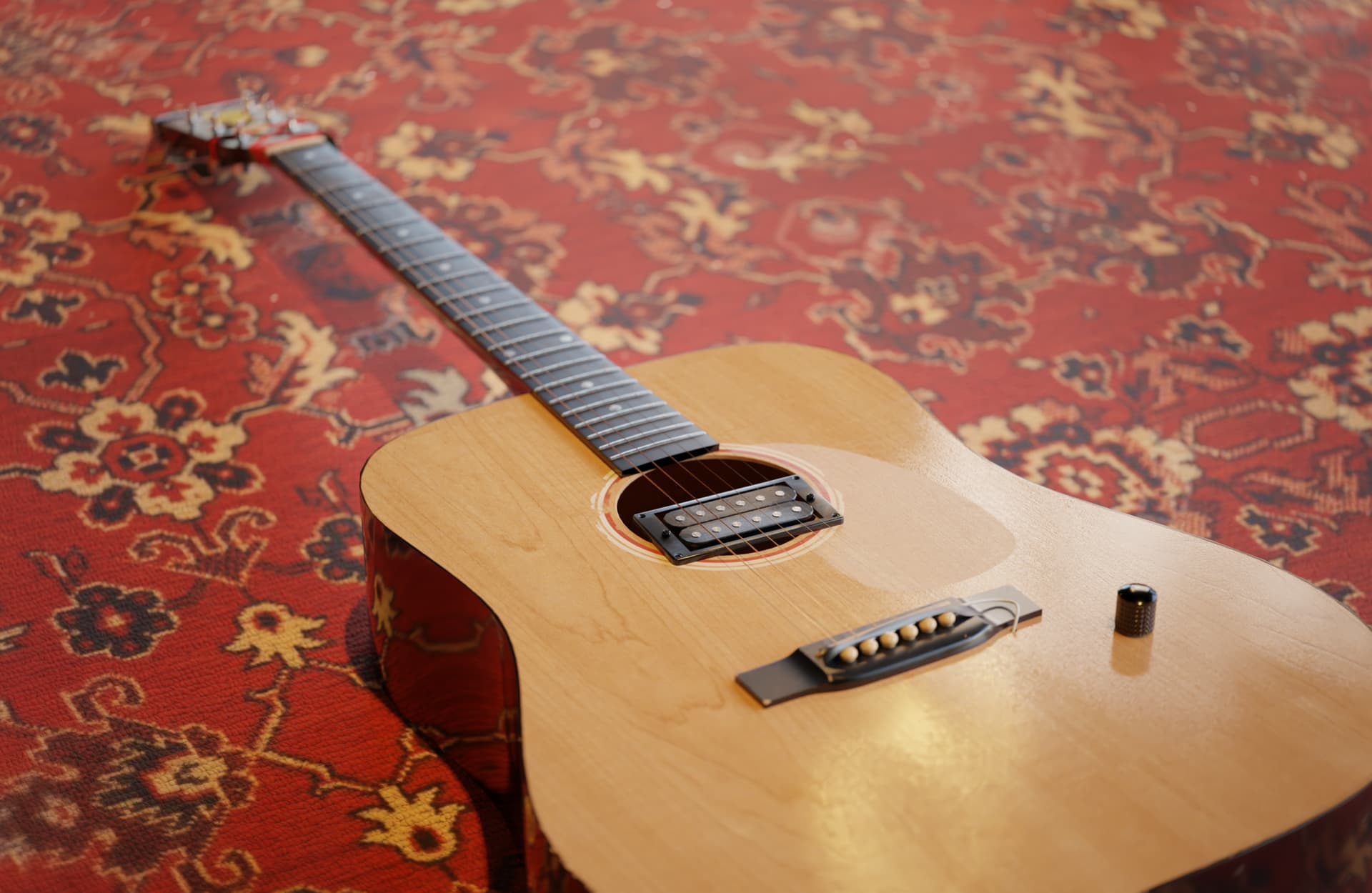

Acoustic
Acoustic Guitar Hum Stops When I Touch The Jack
Published: March 11, 2024
Discover how to fix the hum in your acoustic guitar when touching the jack. Learn effective solutions to eliminate unwanted noise.
(Many of the links in this article redirect to a specific reviewed product. Your purchase of these products through affiliate links helps to generate commission for AudioLover.com, at no extra cost. Learn more)
Introduction
When you're strumming your favorite acoustic guitar and suddenly notice an annoying hum, it can be quite frustrating. However, the good news is that this issue is not uncommon, and there are ways to address it. One common scenario is experiencing a hum that stops when you touch the jack of your acoustic guitar. This phenomenon can be perplexing, but understanding the underlying reasons and troubleshooting steps can help you resolve the issue and get back to enjoying your music without any distractions.
The acoustic guitar is a beautiful instrument that produces rich, resonant tones, but it's not immune to technical hiccups. The presence of a hum when the jack is touched indicates that there may be an electrical grounding issue or interference affecting the guitar's sound output. By delving into the potential causes and solutions for this problem, you can gain a deeper understanding of your instrument and how to maintain its optimal performance.
In the following sections, we will explore the possible reasons behind the hum that ceases when the jack is touched, and we'll provide practical troubleshooting steps to help you identify and resolve the issue. Whether you're a seasoned musician or a beginner, having a clear grasp of how to address this common acoustic guitar concern can enhance your playing experience and ensure that your instrument consistently delivers the beautiful, pure sound it's known for.
Understanding the issue
When encountering the phenomenon of a hum that stops when the jack of an acoustic guitar is touched, it's essential to comprehend the underlying technical aspects contributing to this peculiar occurrence. The jack, also known as the input or output port, serves as the connection point for the guitar's electrical signal. It is where the cable, typically with a 1/4-inch plug, is inserted to transmit the sound from the guitar to an amplifier or audio interface.
The presence of a hum that ceases when the jack is touched indicates a potential grounding or interference issue within the guitar's electrical system. Grounding is a crucial aspect of electrical circuits, ensuring that any excess or unwanted electrical current is safely directed away from the signal path. When the guitar's grounding system is compromised, it can result in the introduction of unwanted noise, such as the audible hum experienced in this scenario.
Furthermore, the phenomenon of the hum stopping when the jack is touched suggests that the human body, acting as a grounding source, is temporarily alleviating the issue. This occurrence is often associated with ungrounded or improperly grounded electrical systems, where the human touch serves as a temporary grounding connection, effectively reducing the unwanted noise.
In addition to grounding issues, electromagnetic interference (EMI) or radio frequency interference (RFI) can also contribute to the hum when the jack is not being touched. EMI and RFI can be caused by various external factors, such as nearby electronic devices, power sources, or radio signals, which can infiltrate the guitar's electrical system and manifest as audible hum or buzzing.
Understanding these technical aspects is crucial in addressing the issue effectively. By delving into the intricacies of grounding, electrical interference, and the role of the human touch in mitigating the hum, guitar enthusiasts and technicians can gain valuable insights into the inner workings of acoustic guitars and the potential factors contributing to this perplexing phenomenon.
Possible causes
The phenomenon of a hum that stops when the jack of an acoustic guitar is touched can stem from various potential causes, each contributing to the intricate interplay of electrical signals and interference within the instrument's system. Understanding these possible causes is instrumental in effectively diagnosing and addressing the issue. Here are some key factors to consider:
-
Grounding Issues: One of the primary culprits behind the hum that ceases when the jack is touched is inadequate grounding within the guitar's electrical system. A lack of proper grounding can lead to the accumulation of unwanted electrical noise, manifesting as the audible hum. This can occur due to loose or disconnected ground connections, damaged wiring, or ineffective grounding mechanisms within the guitar.
-
Faulty Cables or Connectors: The presence of a hum when the jack is not being touched can also be attributed to faulty cables or connectors. Damage or wear in the cables, particularly near the jack connection, can result in intermittent grounding issues, leading to the introduction of unwanted noise into the signal path. Similarly, loose or corroded connectors can impede the proper transmission of the electrical signal, contributing to the observed hum.
-
Electromagnetic Interference (EMI) and Radio Frequency Interference (RFI): External factors such as EMI and RFI can infiltrate the guitar's electrical system, leading to the manifestation of audible hum or buzzing. EMI can emanate from nearby electronic devices, power sources, or lighting fixtures, while RFI may result from radio signals or wireless transmissions. These external interferences can disrupt the guitar's electrical signal, causing the observed hum.
-
Poor Shielding: Inadequate shielding within the guitar's electronics cavity can render the instrument susceptible to external interference, thereby contributing to the presence of unwanted noise. Without proper shielding to protect the electrical components from external electromagnetic fields, the guitar's signal path becomes vulnerable to interference, potentially resulting in the observed hum.
-
Environmental Factors: Environmental conditions, such as high humidity or proximity to sources of electrical interference, can also play a role in the occurrence of the hum. Moisture and environmental electrical noise sources can impact the guitar's electrical system, leading to the manifestation of the observed hum when the jack is not being touched.
By considering these potential causes, guitar enthusiasts and technicians can gain valuable insights into the complex interplay of factors contributing to the hum that ceases when the jack is touched. This understanding serves as a crucial foundation for implementing targeted troubleshooting steps to identify and resolve the underlying issues, ultimately restoring the guitar's optimal performance and pristine sound quality.
Troubleshooting steps
Addressing the hum that stops when the jack of an acoustic guitar is touched requires a systematic approach to identify and resolve the underlying issues. By implementing targeted troubleshooting steps, guitar enthusiasts and technicians can effectively diagnose the root causes of the problem and take appropriate measures to restore the instrument's optimal performance. Here are comprehensive troubleshooting steps to guide you through the process:
-
Inspect Grounding Connections: Begin by examining the grounding connections within the guitar's electronics cavity. Ensure that the ground wires are securely attached to their respective terminals, and there are no signs of damage or corrosion. Re-establishing proper grounding is essential for mitigating unwanted electrical noise.
-
Check Cables and Connectors: Thoroughly inspect the cables and connectors, paying close attention to the area near the jack connection. Look for any signs of wear, damage, or corrosion that may impede proper signal transmission. Consider testing the guitar with alternative cables to rule out potential issues with the existing ones.
-
Evaluate Shielding Integrity: Assess the shielding within the guitar's electronics cavity to determine its effectiveness in protecting the electrical components from external interference. Ensure that the shielding is intact and properly grounded, as compromised shielding can render the instrument susceptible to EMI and RFI.
-
Identify Environmental Factors: Take note of the environmental conditions in which the hum occurs. If the issue is more prevalent in specific locations or under certain environmental circumstances, such as high humidity or proximity to electronic devices, addressing these factors may help mitigate the observed hum.
-
Isolate Interference Sources: Identify potential sources of electromagnetic or radio frequency interference in the vicinity of the guitar. This may include electronic devices, power sources, or wireless transmissions. Temporarily relocating the guitar to a different environment can help determine if external interference is contributing to the issue.
-
Test Grounding with Touch: To further assess the grounding integrity, test whether the hum stops when the jack is touched with your hand. If the hum diminishes or ceases when direct contact is made with the jack, it provides valuable insight into the grounding issues and the role of human touch in mitigating the noise.
-
Seek Professional Evaluation: If the troubleshooting steps do not yield a resolution, consider seeking assistance from a qualified guitar technician or luthier. Professional evaluation can help identify and address more complex electrical issues that may require specialized expertise and equipment.
By systematically implementing these troubleshooting steps, you can gain a comprehensive understanding of the factors contributing to the hum that stops when the jack of your acoustic guitar is touched. This proactive approach empowers you to identify and address the root causes of the issue, ultimately restoring your instrument's pristine sound quality and ensuring an optimal playing experience.
Conclusion
In conclusion, the phenomenon of experiencing a hum that stops when the jack of an acoustic guitar is touched can be attributed to a complex interplay of factors, including grounding issues, electromagnetic interference, and environmental conditions. By delving into the technical intricacies of this perplexing occurrence, guitar enthusiasts and technicians can gain valuable insights into the inner workings of acoustic guitars and the potential causes contributing to the observed hum.
Understanding the underlying issues is instrumental in implementing targeted troubleshooting steps to identify and address the root causes of the problem effectively. By inspecting grounding connections, evaluating shielding integrity, and isolating potential sources of interference, individuals can systematically diagnose and resolve the issues impacting their acoustic guitar's sound quality.
Furthermore, the role of human touch in temporarily alleviating the hum sheds light on the significance of proper grounding within the guitar's electrical system. This highlights the interconnectedness of technical elements and the human interaction with musical instruments, underscoring the need for comprehensive maintenance and care to ensure optimal performance.
It is important to recognize that addressing the hum that stops when the jack is touched may require a combination of technical expertise, environmental adjustments, and meticulous inspection of the guitar's components. In cases where the troubleshooting steps do not yield a resolution, seeking professional evaluation from a qualified guitar technician or luthier is advisable to address more complex electrical issues.
Ultimately, by gaining a deeper understanding of the potential causes and implementing targeted troubleshooting steps, individuals can restore their acoustic guitar's pristine sound quality and ensure an uninterrupted playing experience. Embracing the technical intricacies of the instrument and proactively addressing any issues that arise contribute to a fulfilling and rewarding musical journey, allowing guitar enthusiasts to fully appreciate the beauty and resonance of their acoustic guitars.


